Best cycling leg warmers and knee warmers reviewed and rated
Leg warmers and knee warmers are among the most versatile pieces of kit in the road cyclist's locker. Here's our guide to the best
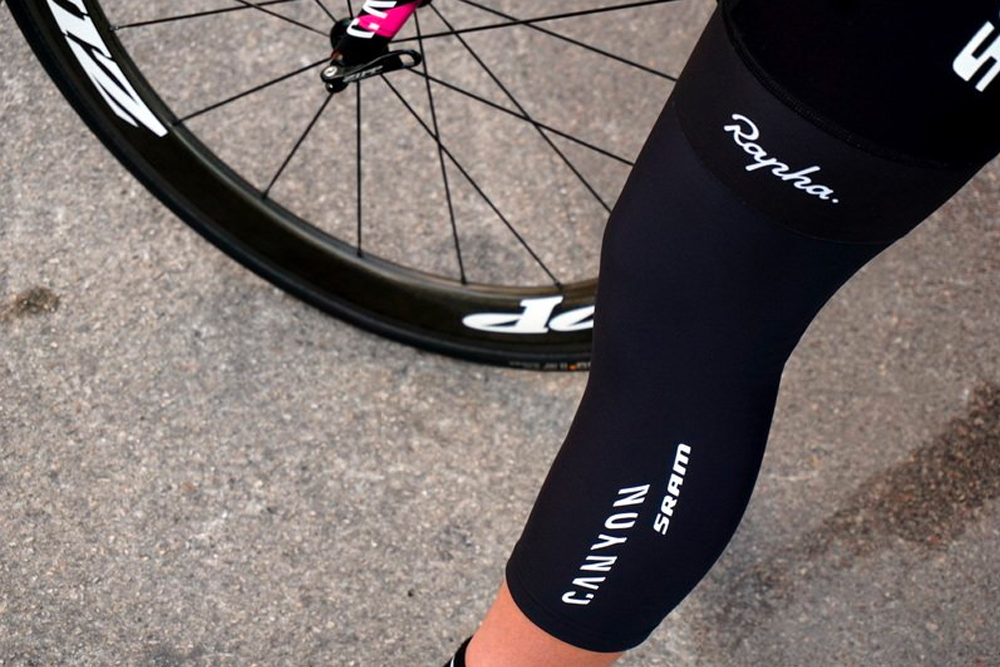

As road and gravel cyclists we're all too often reminded of the fickle nature of the weather. Being out on the bike for a few hours at a time can mean having to deal with rapidly changing conditions. How well we adapt mid-ride can often depend on our kit choices. After all, there no such thing as bad weather only bad clothing.
Versatility is often the key. And the best cycling leg warmers and knee warmers provide just this.
While a pair of the best bib tights will keep you warm from the get-go, what happens if after a couple of hours the weather heats up? Equally a pair of the best bib shorts may seem like a great idea when setting out under blue skies but as the day wears on and the sky clouds over, less so. A set of leg warmers or knee warmers allow you to adapt to these changing conditions.
Being able to take them on and off with relative ease, as well as their small size when packed away, makes them a 'must-have' for any road cyclist. Much like a gilet or vest this essential piece of kit will see you through three seasons and also specific riding situations. Heading for a trip to the mountains? Armed with a pair of the best cycling leg warmers and you'll be ready for any chilly descent you face, without having to cook when riding in the valleys.
Below we've listed our favourite products from those we've tested. After that we answer some of the key questions regarding the best cycling leg warmers and knee warmers.
Best Cycling Leg Warmers and Knee Warmers Reviewed
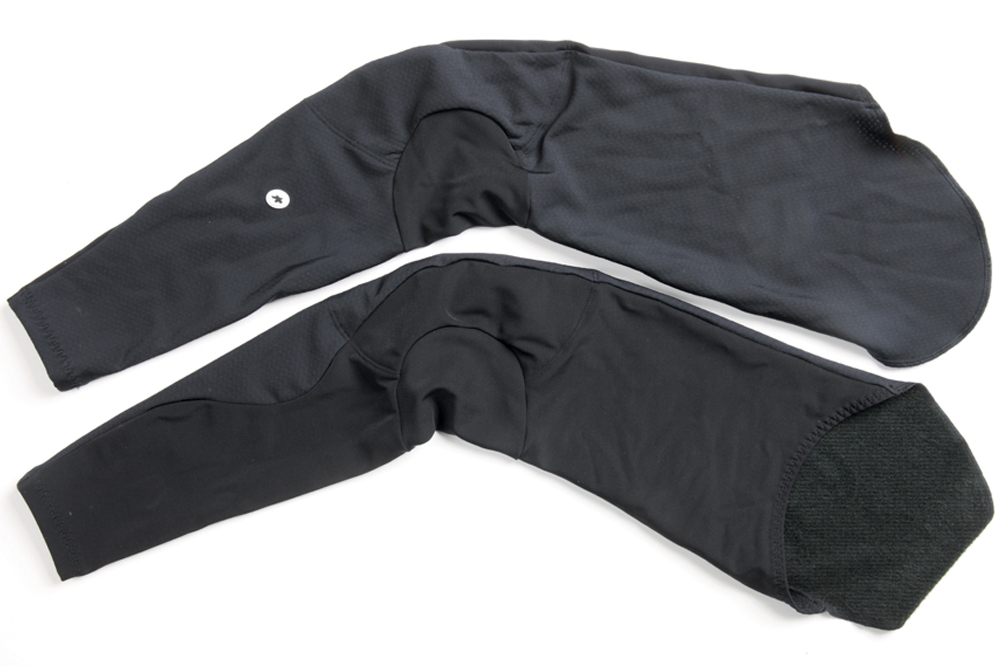
Assos's Evo7 leg warmer's
Specifications
Reasons to buy
Reasons to avoid
The Assos leg warmers take a different route when compared to most. Rather than using a gripper to hold them in place at the thigh, these travel right up to your hip, and rely upon the lycra in your shorts to hold them in place.
Made from a warm RXQ fabric, with a DWR coating, the fact that they go right up to the hips also adds to their longevity as they provide almost the same coverage as a pair of winter bib tights.
Read more: Assos EVO7 leg warmers full review
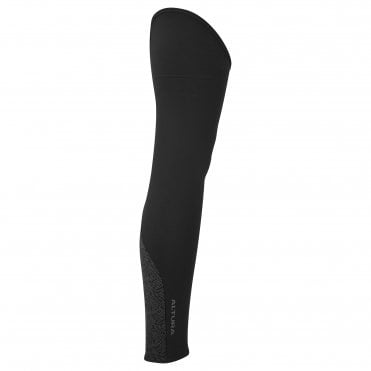
Altura's Thermal leg warmers featured a DWR coating for protection against the rain
Specifications
Reasons to buy
Reasons to avoid
We like the Altura Thermal DWR leg warmers for a number of reasons. Firstly, they finish nice and high up the leg, avoiding mid-thigh compression while providing additional warmth. Paired with some thermal bib shorts, or at least not summer-weight ones, they'll see you further into the colder months.
They also boast some great reflective details on the lower leg and have a decent level of breathability. Again, a feature that only increases their versatility.
The DWR coating does its job and when the leg warmers did get wet during a heavy downpour they were quick to dry out.
Read more: Altura Thermal DWR leg warmers full review
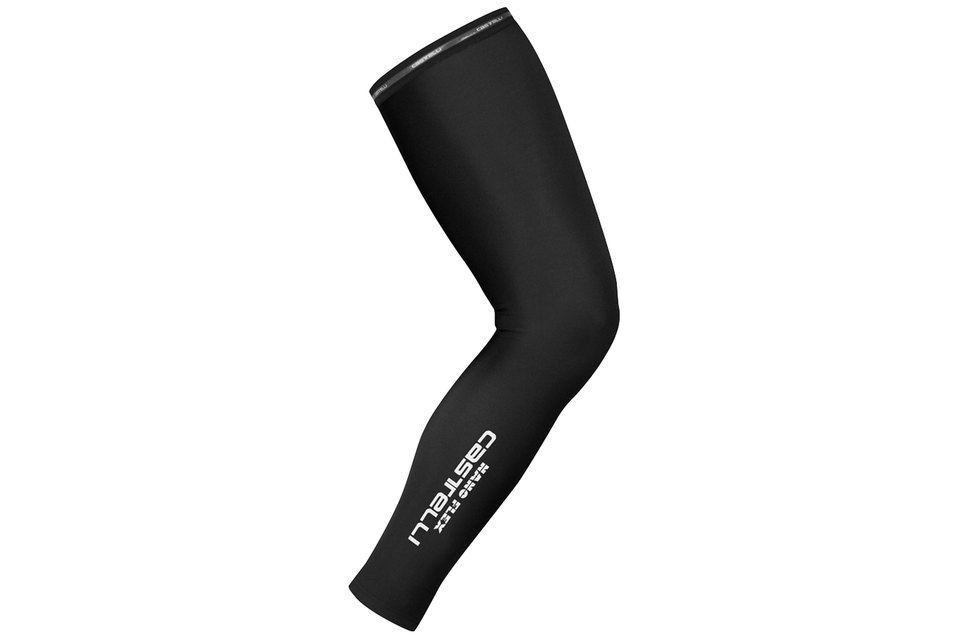
Castelli's Nanoflex material provides protection against the elements
Specifications
Reasons to buy
Reasons to avoid
A market leader, the NanoFlex warmers are renowned for providing comfort, warmth and protection from the rain thanks to a water repellent coating. The grippers hold them up without digging in and the fit is close-to-skin. We did find that the water repellent coating didn't last as long as we'd like, though.
Castelli is now on its third generation Nano Flex 3G, with improvements like enhancements to the Nano Flex fabric coating and a single flatlocked seam to up ride comfort. There's a knee warmer version available too, if you want less coverage.
Read more: Castelli Nanoflex leg warmers full review
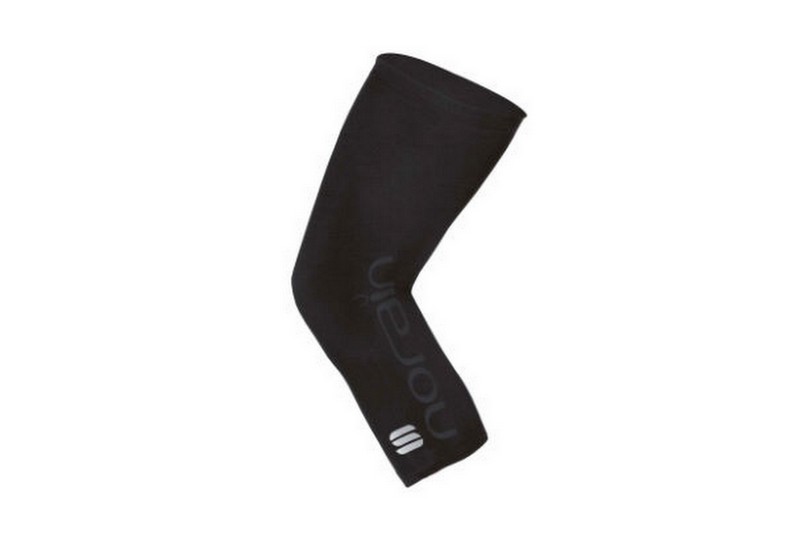
Sportful No-Rain Knee Warmers's feature reflective details for added visibility
4. Sportful Fiandre Knee Warmers
Specifications
Reasons to buy
Reasons to avoid
Using very similar fabric to Castelli's offering, the Fiandre warmers boast nanotechnology which keeps the rain water out without keeping too much heat in. They're soft, stretchy, and the silicone gripper at the top keeps them in place.
There's a full-leg version too if you're after additional warmth and protection. Both include reflective elements to up your visibility in poor weather.
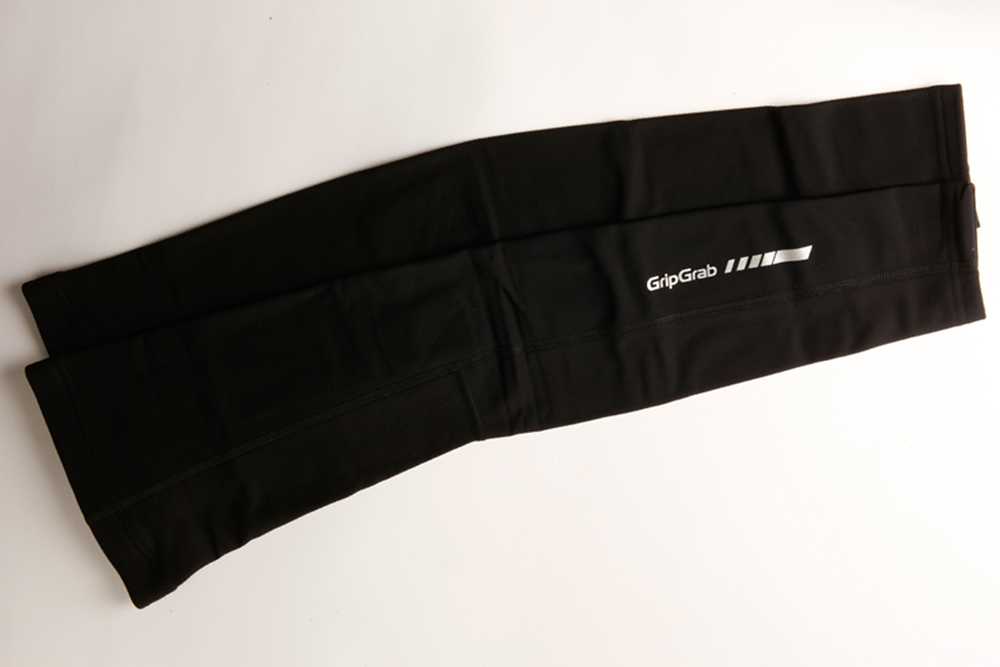
GripGrab's classic leg warmers delivered plenty of warmth during our testing
Specifications
Reasons to buy
Reasons to avoid
Effectively like two seamless tubes of material, these stretchy leg warmers come with no zips to cause irritation.
Not ideal for the coldest of days (though the range now consists of various levels of weight for a range of conditions), we found them great in mild conditions and enjoyed the breathability offered by the light material in the less insulated version which we tested.
Read more: GripGrab Classic Thermal leg warmers full review
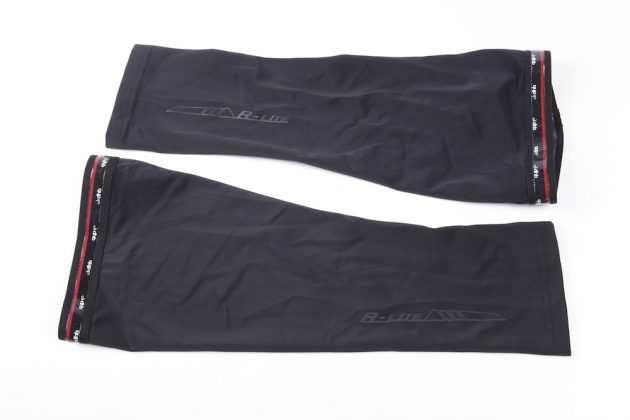
Dhb's Regualte Light are better suited for cool starts rather than cold days
Specifications
Reasons to buy
Reasons to avoid
You don't want to pay too much for a set of warmers which are mainly designed for the small window between summer and winter - and you won't have to with this value option from dhb.
We tested the knee warmers which are not currently available, but the leg warmers should be just right for the in-between months. They're a good length and we found the grippers kept them in place well without being uncomfortable.
Read more: Dhb Regulate Light Leg Warmers full review
Best Cycling Leg Warmers and Knee Warmers Buyers Guide
What are leg warmers and knee warmers?
Leg warmers and knee warmers are designed to be worn with bib shorts when cycling. They are intended to be worn underneath your shorts, with leg warmers typically stretching from the mid point of the thigh to the ankle. They'll include lyrca for stretch, and generally feature silicone grippers to hold them in place.
Knee warmers are a shorter version of leg warmers, and you guessed it, cover the knee joint, effectively transforming your bib shorts into a 3/4 length short. Although less popular than leg warmers, they can be very useful in certain conditions.
If you ride in a temperate climate with changeable weather, it can often be chilly in the mornings or evenings. Leg warmers give you the option to set out in cold weather while keeping warm. Arm warmers do a similar job for your upper limbs.
Once you warm up and the mercury rises, leg warmers can be peeled off and stuffed in your jersey pocket (or team car!). Another popular use is to put a pair of warmers on ahead of a chilly mountain descent.
Why wear leg warmers?
Why not just wear a pair of cycling bib tights you may be asking? While a pair of tights may do a similar job in chilly conditions, they are nowhere near as versatile.
In many places, like the UK, the weather can be very changeable. Often you start a ride first thing, feeling a little chilly with the temperature around 8ºC, only for it to rise later in the day. You're likely to warm up by generating your own body heat as you get riding too.
Having a pair of leg warmers you can peel off and stuff in a jersey pocket is a great option. They are also really useful for riding in the mountains. Ahead of a long, chilly descent a pair of leg warmers can be a godsend. You will often see professional riders warming up in leg warmers, only to take them off before they take to the start line.
It's worth bearing in mind too that you can buy insulated bib shorts, which paired with leg warmers give you a bit of extra insulation on colder days.
What should I look for in the best leg and knee warmers?
Quality pairs of cycling leg warmers are often ergonomically shaped to accommodate a bent knee, allowing for good freedom of movement and maximising comfort. With regards to size, we would suggest you opt for the same size you would normally wear for shorts.
More expensive pairs often have a multiple panel construction, with single piece warmers typically being cheaper. Some will feature a zip opening on the ankle to aid taking them off over shoes.
Warmers such as Castelli's NanoFlex have a water repellant coating, although this does wear off over time. Bear in mind that you can apply your own hydrophobic coating to most leg warmers.
Merino wool is also a great option for both leg warmers and knee warmers. It works across a range of temperatures and is very packable, so the warmers can easily be folded into a jersey pocket or handlebar bag when not in use.
How have we tested the best cycling leg and knee warmers?
We have been testing these leg warmers on rides of various lengths in different weather conditions. This has included rides with changeable weather and stuffing them in a jersey in anticipation of long descents from the tops of chilly cols.
All the warmers tested were judged on the following criteria: fit, comfort, thermal insulation, breathability and other features such as water repellency. We also paid close attention to how well they stayed in place during a ride - a common failing with warmers if they're not well designed.
The latest race content, interviews, features, reviews and expert buying guides, direct to your inbox!
Michelle Arthurs-Brennan the Editor of Cycling Weekly website. An NCTJ qualified traditional journalist by trade, Michelle began her career working for local newspapers. She's worked within the cycling industry since 2012, and joined the Cycling Weekly team in 2017, having previously been Editor at Total Women's Cycling. Prior to welcoming her first daughter in 2022, Michelle raced on the road, track, and in time trials, and still rides as much as she can - albeit a fair proportion indoors, for now.
Michelle is on maternity leave from April 2025 until spring 2026.
